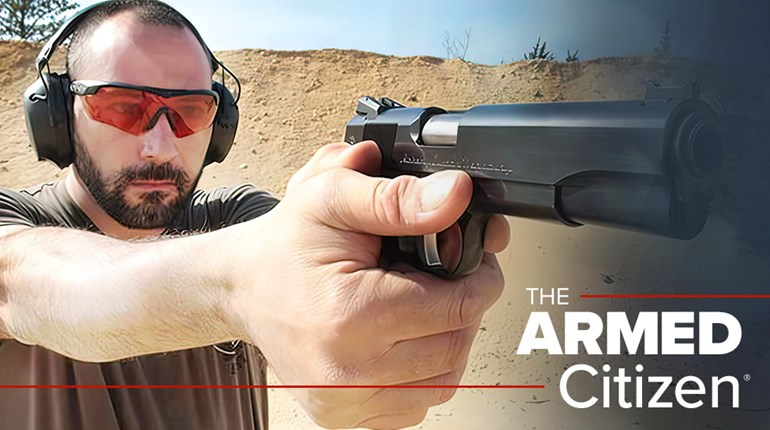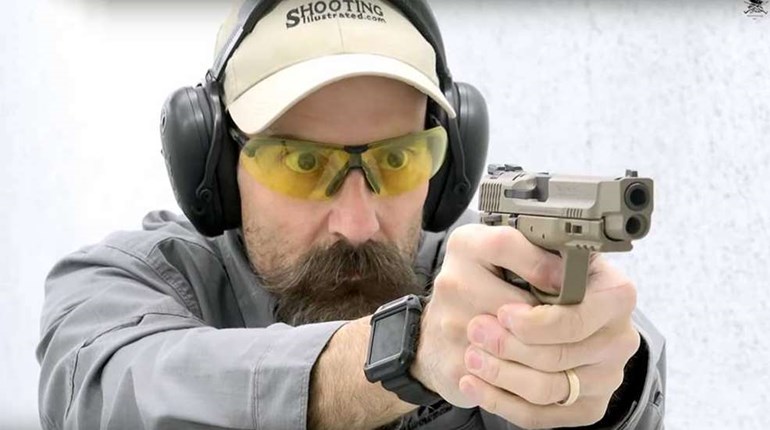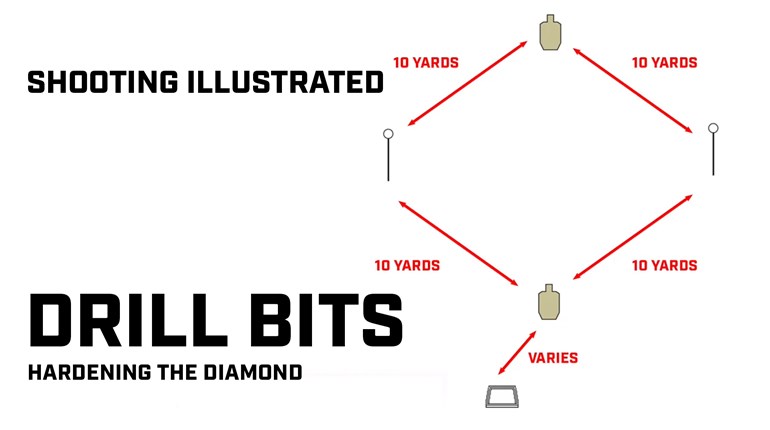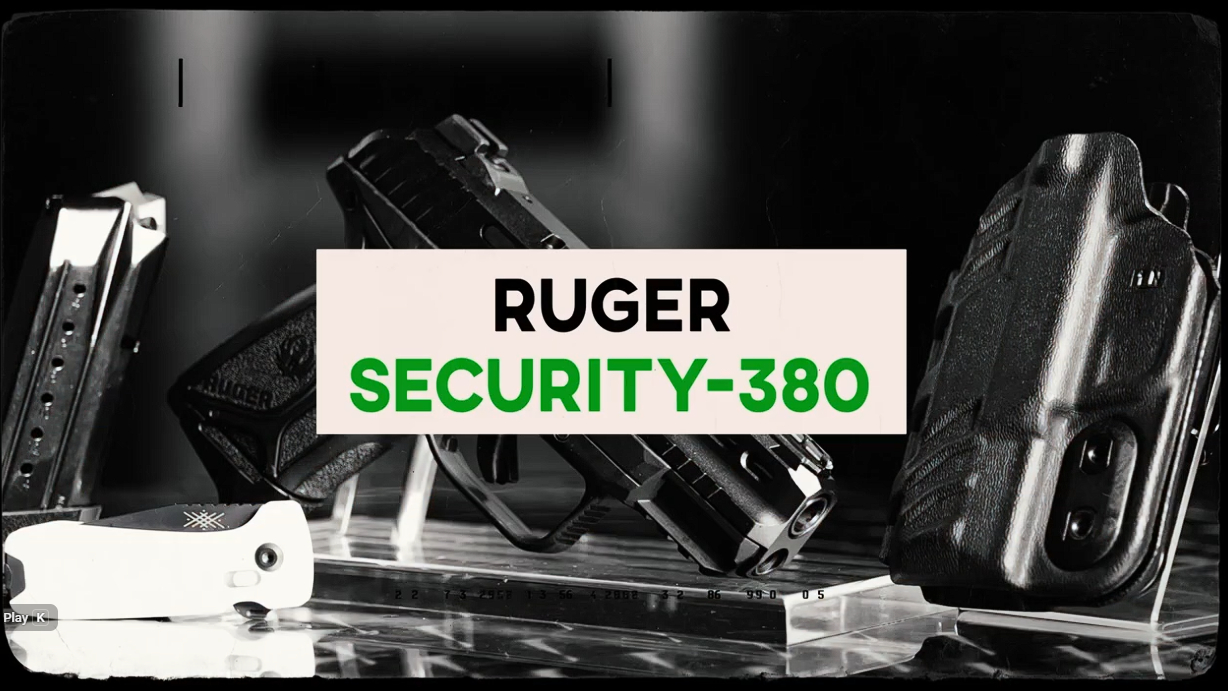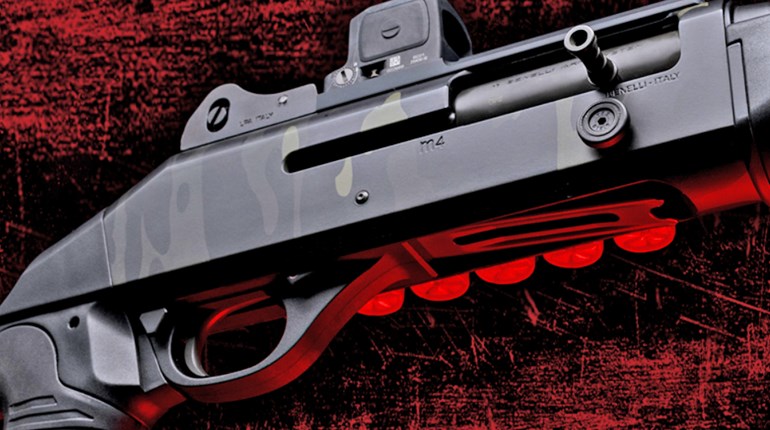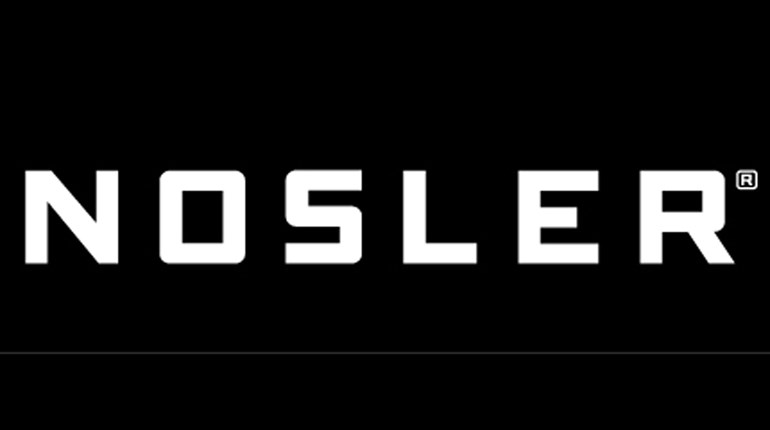
Sights come in three types: fixed, adjustable and optical, with fixed and adjustable sights generally referred to as “iron” sights. Originally envisioned as auxiliary sights for long guns, and having served well in that capacity, optical sights on a handgun, referred to as “carry optics,” have been adapted to meet the rigorous demands of handgun use.
Following an industry-wide trend, many federal, state and local law-enforcement agencies are converting their duty pistols from iron sights to carry optics. Defensive and competitive handgun shooters are also steadily changing over to carry optics. Relevant to these conversions, this article provides a technical and comparative perspective of carry optics versus iron sights from a purely practical perspective to include mechanical and operational readiness.
Carry Optic Models
Carry optic (CO) models come in a wide variety of shapes, sizes, features and functionality. Certain features such as reticle configuration, brightness adjustability, window size, dot size, battery access and slide mounts are specific to each model and manufacturer.
Some readily available models include: the DeltaPoint Pro by Leupold, SIG Sauer’s Romeo line, Trijicon’s RMR and SRO, Holosun’s 407c and 507C, plus various models available from Bushnell, Burris, Swampfox, Steiner, Shield Sights and others. Many online retailers carry all or most of these and other brands.
Mounts
The first and foremost consideration in deciding on a dot is the handgun upon which it is mounted. Some firearm manufacturers produce specific, optics-ready models such as the SIG Sauer P320 X5, the CZ Shadow 2, Glock’s MOS series, the Smith & Wesson C.O.R.E. lineup, Walther’s PDP offerings and Springfield Armory OSP variants, to name a few.
Each of the dedicated optic ready handguns have factory-cut slides and/or mounting plates specific to that firearm and CO-mounting footprint. For non-CO-dedicated pistols, skilled gunsmiths can mill a precision slide cut to fit your chosen CO. You can even find universal mounting plates that will fit most dots.
The parts needed to mount any CO sight include the unit itself, its mounting plate, a factory cut or custom-milled slide including the correct screw holes and screws designed for that configuration to fasten the plate to the slide and the CO to the plate. Whether factory-cut or custom-milled, the mounting plates need to be properly secured to the slide. Special care should be taken to utilize the exact mounting screws provided for length and torque. Installation instructions include the type of Loctite (or equivalent thread locking compound) and torque-screwdriver setting. Care should be taken to not strip the threads on the setscrews, mounting plate or slide.
Durability
When it comes to red dots vs iron sights in terms of the durability aspect, most iron sights are tightly secured to the slide and to make any zeroing corrections requires a sight-adjustment tool. Non-adjustable (or fixed) iron sights can be cumbersome to zero. Some front and rear sights are set so securely that they can only be hammered out of the dovetail to change out. One cannot deny the durability of iron sights, but they are far from infallible.
In terms of iron sights vs red dots, the durability of a mounted red dot sight translates to the quality of materials, manufacturing, internal electronics and holographic technologies. Unlike their red-dot sight (RDS) counterparts sitting on a mount that clamps on to a long gun, pistol dots are mounted directly to a reciprocating slide and are subjected to significantly more operational stress.
Pistol dots must endure the impingement of multiple and continuous force vectors (kinetic-energy transfer in changing directions) created by the sudden acceleration when firing, the slide stopping and then the forward slam into battery; all of which can do very unkind things to delicate internal electronic components. Surviving the slide ride is a durability consideration and every bit as important as a proper contact mount.
Reliability
Iron-sight advocates are justified in claiming that irons don’t run out of batteries, have no glass that can crack, seldom loosen from their fixed mounts and are less likely to lose zero. To further support this claim, at the onset of dedicated carry optic production, you often heard “You’ve got to have two on hand because they are either ‘broken or about to break.’” Back then, more shooters than not would pretty much agree. Today, however, as materials and construction continue to improve, this becomes less and less of an accurate assessment. Yes, the risk of shattered glass and varied effects of extreme inclement weather cannot be discarded, but the fact that pistol dot reliability remains commensurate with technological advances cannot be denied.
In anticipation of such catastrophic failure, carry optics are often mounted (and co-witnessed) with backup, often suppressor-height, iron sights allowing for emergency visual transition in the unlikely event of failure.

Concealed Carry
Looking at it from the viewpoint of a concealed-carry practitioner considering a CO for their everyday-carry (EDC) handgun, there are a few points of concern to be addressed. Larger than iron sights, carry optics are also set higher than irons. Some shooters wrestle with the CO feeling somewhat cumbersome and weighing more than irons. Window size and overall unit profile are a consideration for those who may be concerned with printing through a cover garment. Still others debate the value of longevity in terms of battery replacement and dot brightness based on changes in environmental conditions such as no or low light.

Lighting Conditions
Optic brightness can be manually or automatically adjusted (auto-adjust). The reticle image (dot, circle, triangle, etc.) choices vary and are available anywhere from 2 to 64 MOA in size.
Bright light, looking directly into or in the direction of sunlight sucks for both irons and carry optics. However, on certain models, dots are sometimes “doubled” on by bright light where the glass becomes hazy and difficult to see through. As the environment lightens or darkens, you can manually compensate or allow the auto-adjust feature to do the work on sights so equipped—something you can’t do with irons.

In low-light conditions, mounted red dots far outperform iron sights. Instead of adding steps to the shooting process such as trying to discern sight shapes in darkness or align embedded glowing shapes, you simply keep your eyes focused on the target and superimpose the already-lit reticle directly onto that target.
Mechanical Offset
Like that of a red dot sight on a long gun, mechanical offset—although usually not as tall as a rifle—similarly applies to pistols as well. Dot height is measured from the center of the zeroed image to bore-line center. The lower the dot, the lower the profile and less mechanical offset. A deeper slide cut helps with a low-profile design conducive to concealed carry and minimal mechanical offset.

Operational Readiness
One of the lines of thinking regarding carry optics is that “red dots are more accurate and easier to shoot.” Technically speaking, there are certain advantages as illustrated here, but as there is no free lunch, every advantage comes at a cost. Iron-sight shooters electing to convert to mounted dots must become familiar and comfortable with radical changes in their shooting process. The most significant of these being fundamental alignment factors such as extended sight radius, focal-plane shift and rapid dot acquisition.
Extended Sight Radius
Sight radius is the distance between the rear sight and the front sight. An accurate sight radius is measured from the face of the front sight to the back of the rear sight. The closer they are to each other, the smaller the sight radius. The farther they are from each other, the larger the sight radius.
Generally, a bigger gun has a larger sight radius. A long gun will have a larger radius than a full-size pistol and the full-size pistol will have a larger radius than a subcompact pistol. Getting deeper into the weeds, the bullet deflection over distance is calculated as Tangent (barrel angle measured from intended point of impact) x Distance to Target = Bullet Deflection, and is greater when the distance variable is increased.
A successful shooting process is to align the muzzle with the target and break the shot without disturbing that orientation. Any error will be due to misalignment during that break. To most shooters, those errors (caused by movement) are far more difficult to see with a shorter sight radius.
Increase the distance between the sights, however, and you’ll detect even more movement reflected in your sight picture. It’s not that a longer sight radius gives you any better accuracy, but because you can observe more movement, you know to make adjustments.
The advantage is that the longer the sight radius, the less impact of each second of angle of aiming error. Now, imagine if you were to extend that sight radius from the back of your rear sight out past your front sight and all the way out until it touched the target. It’s not possible to get any longer of a sight radius, nor could you possibly ask for any better visibility of movement. The positive side is that, unlike iron sights, carry optics extend your sight radius directly to the target, offering you both optimal sight radius and maximum observability. The downside is that it looks like watching a heart monitor bouncing all over the target.
Visible Arc of Wobble
The bouncing motion of a red dot is your visible arc of wobble. At first it can be quite disconcerting, as you can’t see as much movement with your iron sights. The trick is to try to be comfortable with the uncomfortable. Grandmaster shooter and master instructor Rob Leatham advises “Tolerate being uncomfortable to the point it doesn’t impact you.”
Control of the gun when shooting with these electronic sights is about comfortably setting your acceptable arc of wobble margins and staying within those margins. Learn how to reduce visual chaos to produce an acceptable margin of error and in the least amount of time.
Visual Process
Another important element of red dot shooting is target focus. Placing the dot on a target is a two dimensional (2D) visual process where you have only two focal points—the target and the dot. Using iron sights is a three dimensional (3D) visual process where you have three focal points—the rear sight, the front sight and the target. Using the 2D visual process, you maintain single-point target focus and allow the dot to superimpose itself on the target. Look at the target and not at the dot; rather, look through the dot.

Focal Plane Shift
In addition to a 3D visual process, making a technical shot using iron sights also requires multiple shifts in visual focal planes. Using a defensive-shooting example, first and foremost is target identification. You must first bring your visual focal plane outward to look at the target and determine shoot or no-shoot status. If you’ve decided to shoot, your focal plane must return near or to the front sight to align with the rear sight while you press through the shot. After firing, your focal plane goes back out to assess target condition for a total of at least two focal shifts.

With dots, making a technical shot only requires only one shift in visual focus and that is to identify the target. You must bring your focal plane to look at the target and determine shoot or no-shoot status. If you’ve decided to shoot, your focal plane stays right where it is on the target and you superimpose your dot over that target and press. Removing the need for multiple focal shifts provides four significant shooting advantages:
• Shortens the number of steps in the shooting process
• Affords you a 2D visual process versus a 3D visual process
• Saves you valuable tenths of a second in a gunfight
• Affords you unbroken eye contact with the target
Shooters with failing eyesight, and therefore the ensuing difficulty in focusing on the front sight, are afforded an additional advantage with CO shooting.
Rapid Acquisition
Rapid dot acquisition starting from support-hand only at the low-ready position, strong-hand only or both hands drawing from the holster (presentations) up close and at high speed (e.g., sub-1-second precision shots from the 5-yard line) can prove challenging without adequate training and experience.
Looking for the dot at breakneck speeds is like trying to find a sewing needle in a football stadium. It is recommended to start training with the sight turned off and just use the window to make alignment happen. Find that sweet spot without worrying about the dot itself. Become familiar with picking up the window frame and the dot will magically appear. A common rapid-dot-acquisition process is to pick up a block object (any part of the slide) that enters your field-of-vision (or peripheral vision) then focus on superimposition of the window frame on the target and the dot will appear in the window in the center of the frame. The recommended sequence of events is peripheral/field-of-vision, window frame alignment and then dot—not the other way around.
Visual Control
Losing the sight picture when shooting is a common complaint of slide mounted dot shooters. Rapid acquisition from the holster and maintaining visual feedback during splits (multiple rapid-fire hits on the same target) or transitions (multiple rapid-fire hits on more than one target) are common conditions where these electronic sight pictures can be easily lost—losing the sight pictures means you lost shooting control.
Carry optics help your body teach you how to keep a “flat-slide plane” from the holster, from support hand only at the low-ready position, strong-hand-only and both hands from the low-ready position. Using your flat-slide-plane skills means applying better control of the pistol, which in turn translates to maintaining better visual control and tracking of your dot during recoil recovery, splits and transitions.
Training Tool
In the case of red dots vs iron sights as pure training aids, mounted red dot sight systems are a superb training tool for those shooters seeking to improve their on-demand performance. They allow you to readily observe what happens after you press off the shot. Did the dot lift to the 11- or 1-o’clock












